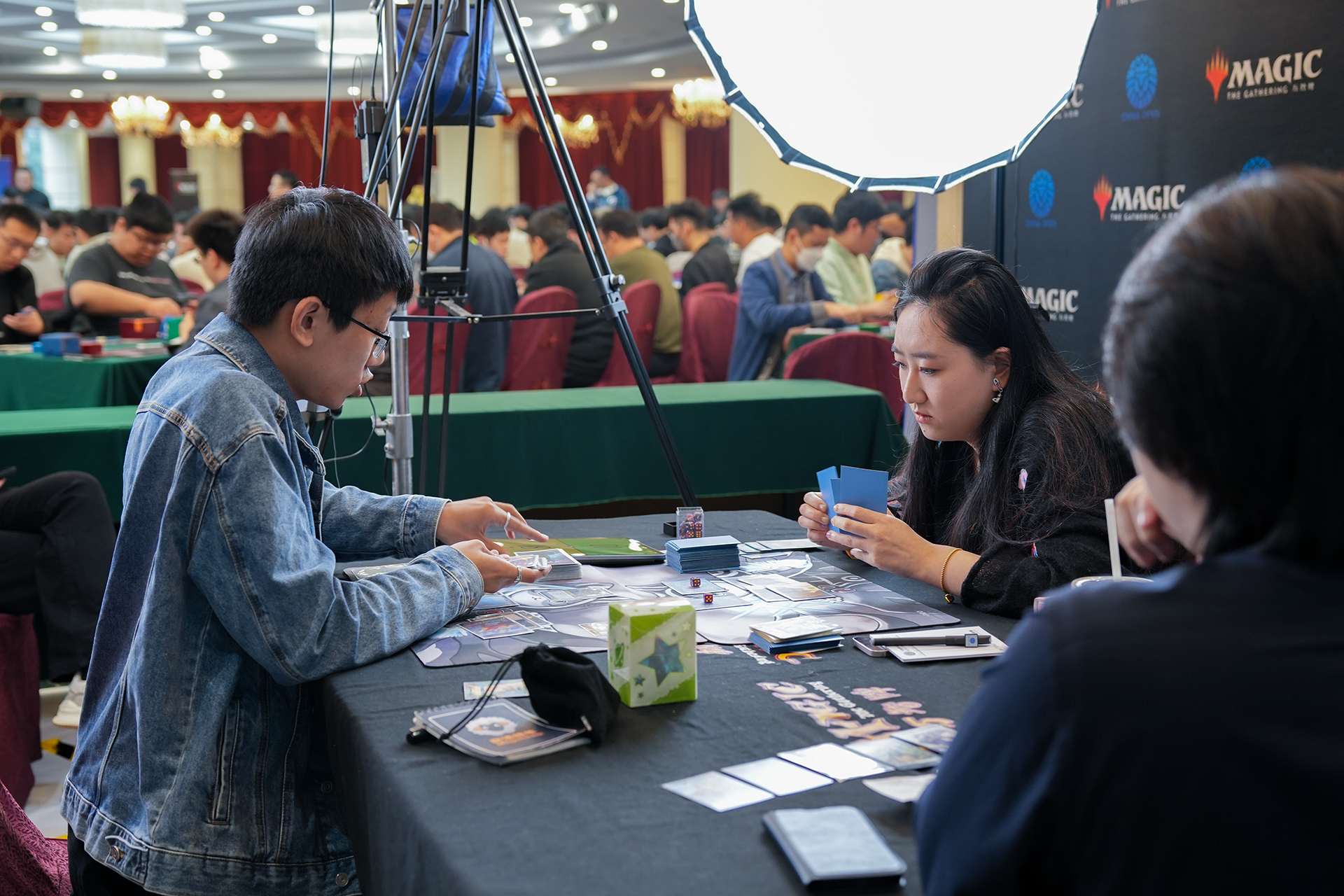Yinuo Li is director of the China Country Office for the Bill & Melinda Gates Foundation, where she oversees a team that works with China’s public, private, and nonprofit sectors to address key domestic and global health, development, and policy issues. This article from 2016 was originally published in the collection Get Smart on China, and has been reposted here with permission.
The Chinese are now celebrating their most important festival — the lunar new year. Virtually the entire country will shut down over the next week as people head home and celebrate with their families. The origins of Chinese New Year, known in China as Spring Festival, are obscured by time and myth, but there’s no doubt that the celebration dates back several thousand years, at least as far as the Shang Dynasty when written records began.
The Spring Festival celebration dates back several thousand years, at least as far as the Shang Dynasty when written records began
The story goes that the New Year festival started out with a ghastly, man-eating monster called Nian (年 — the same word means “year” in Chinese). This bloodthirsty creature appeared at the start of each new year to devour peasants, livestock and crops, and it’s said he had a particular taste for children. Fortunately, people soon discovered that Nian was actually a bit of a coward and that he’d turn tail at the sight of the color red or at the first loud noise. From then on, at every New Year they’d deck out their homes with red, bang drums and set off firecrackers to keep Nian at bay. Just to be sure, people would also put out sacrificial food.
Today people still put up red decorations and love to set off ear-splitting firecrackers and armfuls of fireworks in the street, night or day, in honor of their ancient foe. The legend of Nian is also said to be the origin of the famous lion dances that see in the New Year, when people sacrifice food to the lion in return for good fortune throughout the year. This ancient custom is a rarity in the north of China (don’t expect to find it in Beijing) but it’s common in the south, and has been exported to Chinatowns on every continent.
By far the most important event during Spring Festival is the New Year’s Eve celebration, when the whole family stays up well past midnight to see in the New Year. Hundreds of millions of households will tune into Chinese state TV’s New Year Gala. This being China, food naturally plays a pivotal role and a New Year’s Eve feast with the whole family is always central to the celebration. In the north of China people boil, fry or steam dumplings, while in other parts of the country people make delicacies with sticky, glutinous rice. Instead of presents, the older generation gives red packets of money to younger members of the family.
Spring Festival is without doubt a family occasion, and people’s desire to be at home with their loved ones has created what is now the largest annual human migration on earth; in 2016 over a billion people were estimated to take 2.9 billion journeys during a 40 day period known as Chunyun, or the “Spring Rush.” If you can imagine the entire population of North America traveling to the other side of the continent at the same time, that might give you an idea of what’s happening in China right now.
Related:
 Advanced Red Envelope TechniquesArticle Feb 14, 2018
Advanced Red Envelope TechniquesArticle Feb 14, 2018
As you might expect, it’s not easy to get hold of plane or train tickets. If you were taking a 15-hour journey from Shanghai back home to Chengdu in the west of China, you wouldn’t be surprised if you had to stand the whole way. Even if you were able to get your hands on a ticket, that still doesn’t guarantee you an easy ride; in 2016, just before the New Year, a bout of snow and freezing temperatures caused major train delays in the south of China, particularly in the city of Guangzhou. A mind-boggling 100,000 people were trapped in icy conditions for over ten hours in and around Guangzhou station, waiting for a train. The crowd only cleared after a fleet of additional trains were sent to alleviate the situation.
Freak weather events aside, however, the ability to handle the enormity of the “Spring Rush” is a real testament to the rapid development of China’s high-speed railway system, which is now arguably the best in the world. It’s certainly a challenging system to run, having to contend with an unimaginable rush of passengers for 40 days and then greatly reduced traffic for the remainder of the year. To add to this, high speed trains currently only connect cities, not yet reaching many rural areas of China, particularly western regions where the terrain poses huge challenges for railway builders.
The ability to handle the enormity of the “Spring Rush” is a real testament to the rapid development of China’s high-speed railway system, which is now arguably the best in the world
But why are so many millions of people traveling such long distances to be with their families at this time of year? As in any country, people move around for a whole host of different reasons, but migrant workers from poor, rural regions of China will make up a very large proportion of people going on long journeys for Spring Festival.
The powerhouse of China’s unprecedented economic development over the past three decades has been the east coast regions, particularly the “special economic zones,” where tax and business incentives were used to attract foreign investment and technology. But the economic take-off in the east soon left China’s central and western provinces behind.
As a result, over the last thirty years, 270 million people have been drawn from rural areas with few opportunities to China’s booming east coast regions by the promise of plentiful work and the chance of prosperity. For vast numbers of these migrant workers, Spring Festival is the only chance they will have in the year to go home and see their families.
Migrant workers from poor, rural regions of China make up a very large proportion of people going on long journeys for Spring Festival
The underlying reason for such monumental levels of migration is poverty. China has made greater strides in poverty reduction than any other nation in history, lifting more than 700 million people out of poverty. Its per capita income increased from $200 in 1990 to $5,000 in 2010 and more than three-quarters of global poverty reduction achieved between 1990 and 2005 was down to the Chinese. And yet, in spite of this remarkable success, there are still areas of China that remain stubbornly, unimaginably poor.
The key characteristic of these regions is that they are all rural. Data from the China Household Income Project shows that China has succeeded in eradicating urban poverty almost entirely, largely thanks to a government subsidy that brings the annual incomes of city dwellers up to a minimum level of 4,476 yuan ($700). But rural areas, particularly in the west of the country, continue to suffer from crushing poverty, and haven’t benefitted from China’s economic success. This is what has pushed millions of people to leave their families and homes behind in order to land better-paid jobs in the factories powering the manufacture boom in the east.
Rural areas, particularly in the west of the country, continue to suffer from crushing poverty, and haven’t benefitted from China’s economic success
One of the most tragic aspects of this story is that, as millions of parents feel the need to migrate to the other side of the country in order to provide for their families, millions of children are left behind, either in the care of other relatives or, far worse, left to fend entirely for themselves. According to some media reports, there are 61 million of these “left behind” children (留守儿童). In the vast majority of cases, their parents leave for the sake of their children — there’s no way they could afford to provide them with an education or adequate housing or clothing if they stayed — but the children are left to bear the emotional and physical costs of separation.
Often they will see their parents just once a year, and they are hugely vulnerable to a range of risks and dangers: their caregivers may be neglectful or incapable of looking after children; they face the risk of labor exploitation, abuse and violence; they are more likely to get into crime; and rates of injury and accidental death are higher among left-behind children than among their peers. The most devastating part of this tale is that of the children left to fend for themselves.
There are around two million of them, struggling to scratch out an existence without any adult support. Over the past years, China has had to face harrowing cases of children committing suicide because they felt they couldn’t go on. In June of 2016, a 14-year-old boy in Guizhou province, southwest China, left a note thanking his parents, before drinking from a bottle of pesticide and passing it onto his three sisters, aged five, eight and nine, who did the same. Three years earlier, in the same town, five abandoned children died of carbon-monoxide poisoning after sheltering in a roadside dumpster and lighting charcoal for warmth.
Those who go with their parents often don’t fare much better. The reason why so many parents don’t take their children with them is China’s household registration (hukou) system; because they are not from that area originally, migrant children taken to the more prosperous regions of China remain unregistered and therefore unable to access essential health, education or social services.

With China’s economic slowdown and its transition to a consumption-led economy, the tide of labor migration is slowing, and some migrant workers are moving closer to home as the government works to create inland jobs. But there is still a very long way for the government to go in order to tackle China’s remaining poverty head-on. The 12th Five Year Plan, which came to an end in 2016, aimed to eradicate all poverty by 2020, and the 13th Five Year Plan is likely to stick to that goal, advocating increased investment from central and provincial governments to integrate channels for poverty alleviation.
In fact, poverty alleviation has been named as the number one priority for the government over the next few years. And thanks to the way in which the Chinese government works, almost all of our partners in China have poverty alleviation within their KPIs now. The kind of poverty that remains in China won’t simply be solved by the economic development that has succeeded in pulling most of the rest of the country into middle-income status. The aim now is to take on this challenge and change the lives of the millions who have fallen through the gaps in China’s development success.
Cover image: Volunteers from Training Charity, a non-profit organization of Hunan Province, held a campaign to care for left-behind children and those from poor families in Fenghuang County, Xiangxi Tujia and Miao Autonomous Prefecture on December 3, 2016 (Hunan Gov)
















